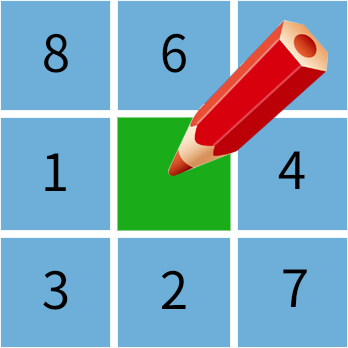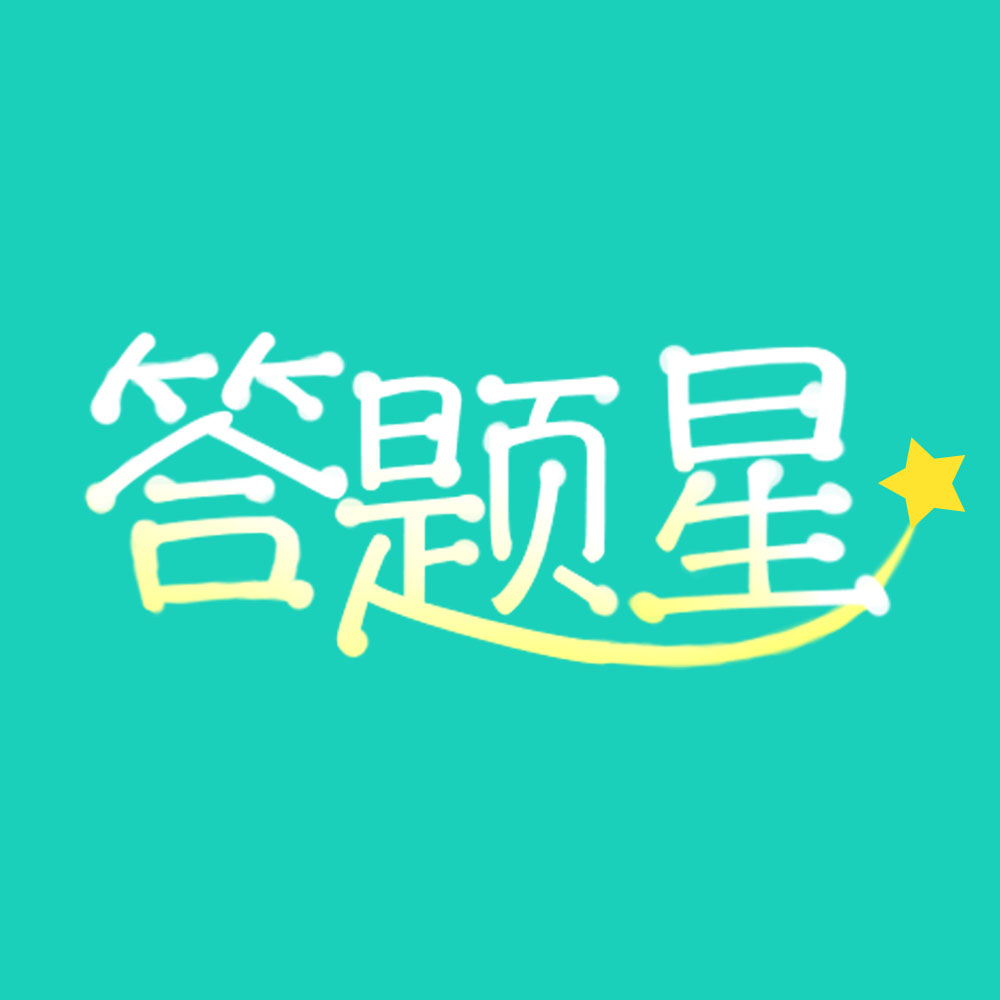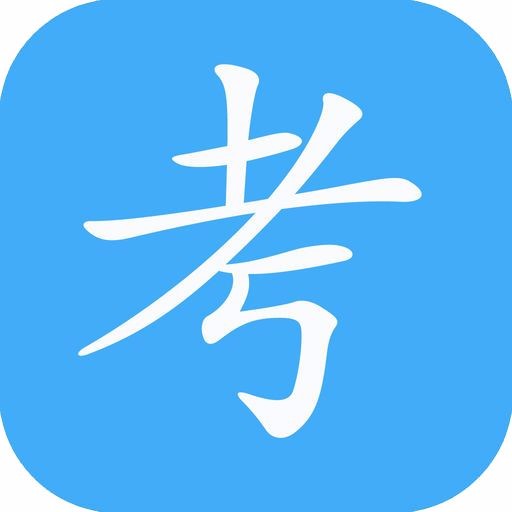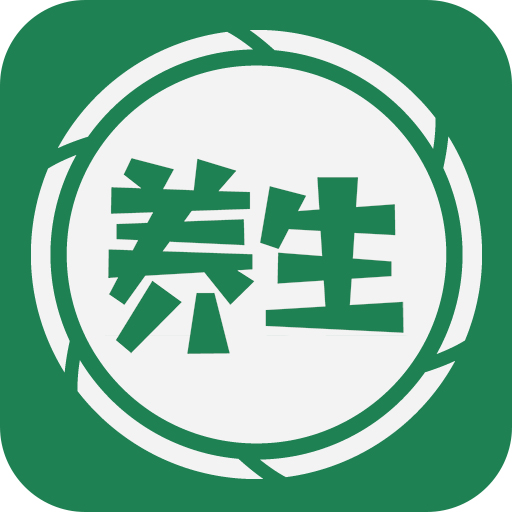英國倫敦2019年11月23日拍賣珍品《順治通寶.背臨版》
順治通寶是清世祖順治年間(1644-1661年)所鑄錢。順治元年,在北京于工部、戶部開設寶源局、寶泉局鑄幣,后隨著天下統一,在各地開設錢局,錢幣上用楷書寫著"順治通寶"。順治通寶的成分紅銅七成,白銅三成。一千銅錢稱為一串。順治通寶重初定位每文一錢,后改為一錢二分、一錢四分、一錢二分五。順治通寶的幣型未能統一,按照背文可分為五種,也就是"順治五式"。
LONDON, England, 23 November 2019 auction treasure "Shunzhi Tong Bao. Back pro version. "
Shunzhi Tongbao was the money cast during the Shunzhi period of the Qing Dynasty(1644-1661). In the first year of Shunzhi, the Baoyuan Bureau and Baoquan Bureau were set up in Beijing's Ministry of Industry and the Ministry of Housing. After the unification of the world, the money bureaus were set up in various places. The coins were written on the coins as "Shunzhi Tongbao." Shunzhi Tongbao has 70 % of copper dividends and 30 % of white copper. A thousand coins is called a string. Shunzhi Tongbao initially positioned each article as one money, and later changed to one money and two cents, one money and four cents, and one money and two cents. Shunzhi Tongbao's currency has not been unified. According to the text, it can be divided into five types, namely "Shunzhi Five Types."

介紹
公元1644年,清軍攻入關內,清愛新覺羅·福臨至北京,即皇帝位,改元順治,成為清世祖。在北京設鑄錢局鑄錢,于工部、戶部開設寶源局、寶泉局,后隨著天下統一,在各地開錢局,并鑄"順冶通寶"。在清軍剛入關時,允許明錢流通,但不久即嚴禁使用明錢及其它古錢,獨行清錢。順治年間對制錢成分有明確規定,即銅七成,白鉛(鋅)三成,為合金,稱之為"黃銅",一千銅錢稱為一串,年鑄一萬二千串稱為一卯即每開一期的額定數稱為"正卯",正卯以后凡有加鑄數稱為"加卯"。存世量特別稀少,收藏價值極高。
Introduction
1644, the Qing army entered the pass, the Qing Shunzhi Emperor to Beijing, that is, the emperor, Change Yuan Shunzhi, become the Qing Emperor. In Beijing to set up money bureau, in the Ministry of Industry and Household Bureau Baoyuan Bureau, Baoquan Bureau, and then with the unification of the world to open money bureau, and cast "Shun Ye Tong Bao" . When the Qing Army first entered the customs, ming money was allowed to circulate, but soon Ming money and other ancient money were strictly prohibited. During Shunzhi period, there were clear regulations on the composition of money making, that is, 70% copper, 30% white lead and zinc, which were called "brass" , 1,000 copper coins were called "brass" , and twelve thousand copper coins were cast each year as "Mao" , that is, the rated number for each period of opening was called "Zheng Mao" Any cast number after the cast number is called the cast number. The surviving quantity is extremely rare and the value of the collection is extremely high.






